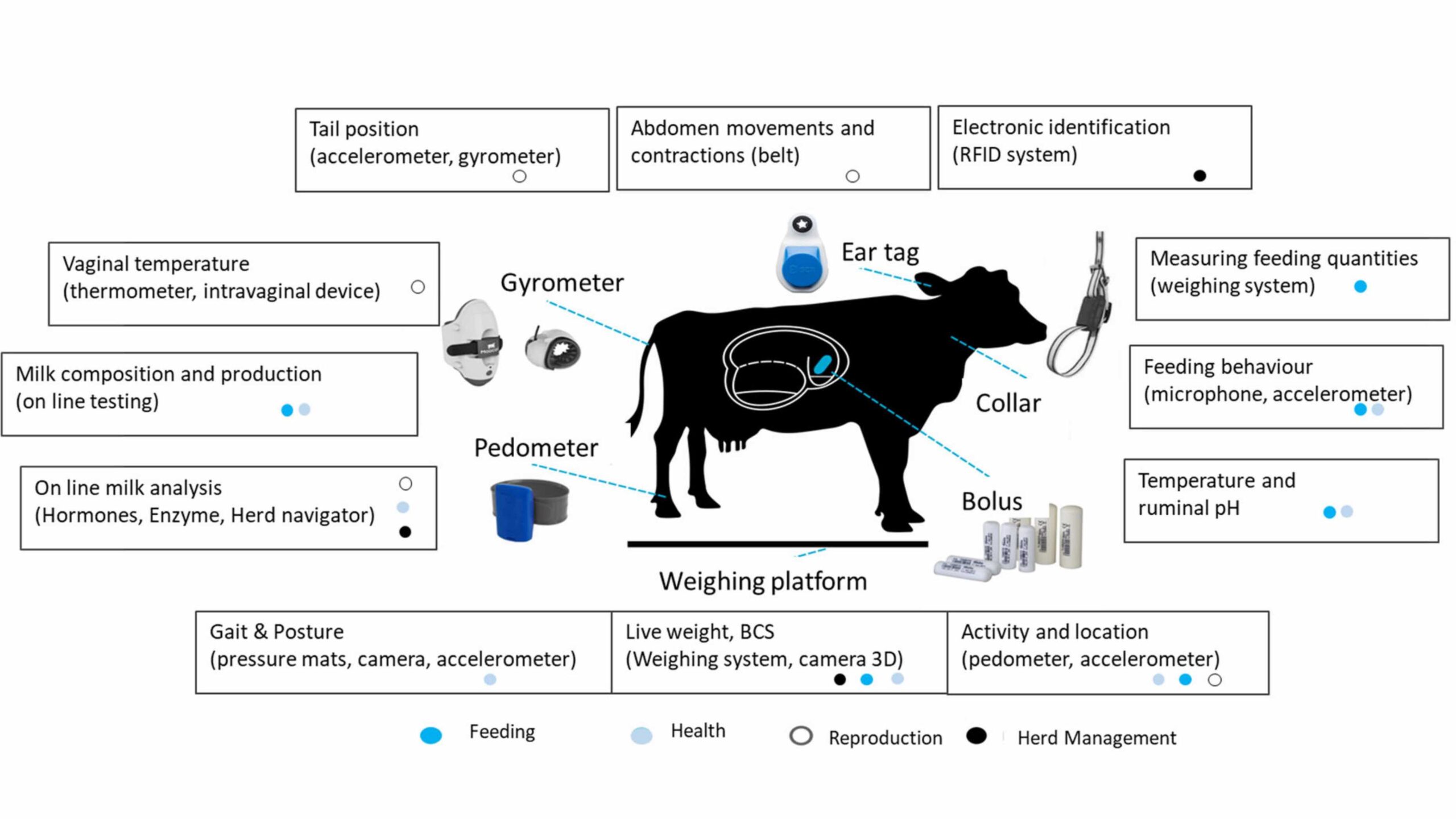Crop mapping—identifying what farmers are growing on their fields—is essential to agricultural and land use planning and management. It is used to generate yield estimates and crop acreage statistics, predict food prices and assess damages from disasters and also to evaluate ecosystem health—all functions essential for agricultural export nations such as Kenya.
In a recent study, we utilized time-series Sentinel-2 satellite imagery and advanced machine learning techniques to map key crop types and ecosystems in Nandi County in western Kenya. This effort aims to generate actionable insights for enhancing sustainable agricultural practices and supporting climate-resilient land management. The work was part of Living Labs for People (LL4P), which employs collaborative approaches drawing on local knowledge to develop sustainable agricultural innovations, under the CGIAR Research Initiative on Low-Emission Food Systems (Mitigate+).
This research leverages cloud-based computing to carry out in-season crop type mapping—offering a customized and flexible solution that requires no prior knowledge of cloud infrastructure.
The study used a random forest classifier algorithm to process 15-day composite Sentinel-2 imagery spanning the year-long period from September 30, 2022, to September 30, 2023. The workflow included:
- Ground truth data collection: 910 crop field polygons covering nine crop types (e.g., maize, coffee, tea, sugarcane) were surveyed. Data refinement addressed issues like mixed crop polygons and boundary errors to improve training sample quality.
- Satellite data and preprocessing: Sentinel-2 imagery with <30% cloud coverage was used, complemented by vegetation indices such as the normalized difference vegetation index (NDVI), the normalized difference moisture index (NDMI), and Moisture Stress Index (MSI). ESA WorldCover 2021 data aided in identifying non-agricultural land covers like built-up areas and water bodies.
- Classification: The classifier trained with 819 samples achieved improved accuracy for major crops (e.g., tea and sugarcane) but faced challenges with fragmented fields and low-acreage crops like legumes and vegetables. Category merging enhanced overall accuracy.
- Validation and smoothing: A majority filter was applied to reduce noise, achieving reasonable classification performance.
Key findings
- The mapping achieved high classification accuracy for tea, sugarcane, grassland, and trees (0.80-0.91). However, maize and coffee had lower accuracy (0.67-0.73) due to mixed pixels and fragmented fields.
- Temporal-spatial refinements and improved segmentation algorithms are recommended for further enhancement.
- The trained model was successfully applied to neighboring counties (Vihiga and Kisumu), demonstrating scalability.
- The output can be visualized for decision support.
Potential applications
This model has diverse potential applications, including land-use change analyses, carbon stock analyses, and scenario analyses. For instance, we compared the new land use map with the older version used by local collaborators and researchers at the University of Eldoret. Significant reductions in tree cover (up to 20%) and an increase in cropland and urban areas were observed from 2000 to 2020. The urban expansion was greatest in Kisumu, while Nandi exhibited a slight decrease in cropland area. During a two-day workshop with Nandi County officials and professors from the university, the county officials expressed interest in updating their land use map, which dates back to the 1980s—highlighting the value of the current initiative and its potential impact.
Our estimates also highlighted the role of tea plantations in maintaining higher carbon stocks compared to annual crops such as maize. In a scenario analysis, we found that a 20% expansion of tea plantations increases total carbon storage due to higher carbon sequestration potential, while a 20% urban expansion results in decreased carbon stocks, particularly in Kisumu (-8.74%).
Conclusions
This study highlights the power of combining satellite imagery and machine learning to advance crop mapping and insights into ecosystem health, providing valuable tools for sustainable agriculture and climate-resilient land management. Looking ahead, refining models to improve accuracy for fragmented fields and expanding the approach to other regions can drive broader applications, supporting evidence-based decisions for low-emission food systems.
Zhe Guo is a Senior GIS Coordinator with IFPRI’s Foresight and Policy Modeling Unit; Upeksha Hettiarachchi is a Research Analyst with IFPRI’s Natural Resources and Resilience (NRR) Unit; Wei Zhang is an NRR Senior Research Fellow and Research Lead on Ecosystem Health and Biodiversity. This post is based on research that is not yet peer reviewed. Opinions are the authors’.
This work was supported by the CGIAR Initiative on Low-Emission Food Systems (Mitigate+).
Referenced conference paper:
H. Li et al., “In-season crop-type mapping in Kenya using Sentinel-2 imagery,” 2024 12th International Conference on Agro-Geoinformatics (Agro-Geoinformatics), Novi Sad, Serbia, 2024, pp. 1-6. https://doi.org/10.1109/Agro-Geoinformatics262780.2024.10660971.







